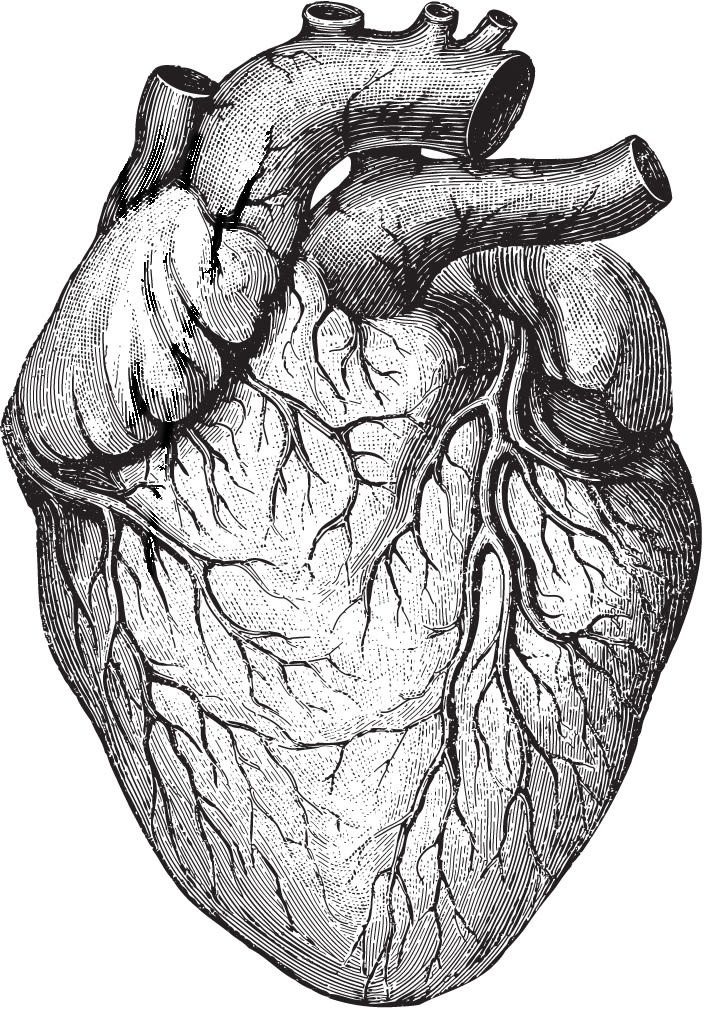Vail Valley Medical Center's $2 Million Cardiac Lab Fixes Hearts With Short Circuits and Clogged Plumbing

Just after 10 a.m. on March 27 three ski seasons ago, I was barreling down Raptor at Beaver Creek on possibly the best morning of skiing I’d ever had: making first tracks in more than a foot of downy snow on a private tour of the closed Kestrel run, relishing the sensation of simultaneously flying, floating, and surfing that comes on only the most perfect of powder days. And then something awful happened.
No, I didn’t hit a tree; I didn’t fall and break a leg or an arm. My heart started hammering in my chest, red-lining at the theoretical maximum for someone my age. I stopped to take a breather, but even at a standstill my heart kept racing as though I were sprinting uphill. My host, the head of the resort’s racing department, appeared beside me to ask how I was doing.
“Great!” I lied, in denial. “Just need to catch my breath.”
With my heart literally doing 180 beats per minute, I somehow skied the rest of Raptor (which I barely remember) and made it back to my car, then to my primary care physician’s office in Edwards, where I was rushed into an examination room, given oxygen, and hooked to an IV and an EKG. A physician’s assistant put a blood pressure collar on my arm but couldn’t get a reading. When my doctor arrived, he told me I was having an episode of supraventricular tachycardia (SVT)—a relatively normal and, he assured me, non-life-threatening condition—and gave me a dose of adenosine, a fast-acting medicine that regulates heart rate. After a sensation that felt like hurtling down a roller coaster, the EKG’s bleeps ritarded from prestissimo to andante, and eventually I was sent home with instructions to rest, my heart having run the equivalent of a marathon.
Ultimately, I ended up in the Lionshead office of Dr. Nelson Prager, an electrophysiologist at the Vail Valley Medical Center’s Cardiology Institute. With a multicolored pen, he drew a complicated diagram on a yellow note pad and explained to me how electric pulses tell the heart’s muscle tissue when to expand and contract, how the electricity flows in an intricate pattern through all four chambers, and how with SVT the heart can get stuck at high speed in an infinite loop. As heart conditions go, it’s relatively common, he said, affecting one in 100 people, and it’s both congenital (something you’re born with) and developmental (a condition that surfaces with age).
“This isn’t going to kill you or shorten your life—it’s an electrical problem, not a plumbing problem,” Prager explained. “It’s a short circuit.”
He told me I had three options: do nothing (in many cases SVT happens only once); take medication (a beta blocker can prevent recurrence); or have surgery (in an outpatient procedure called an ablation, a specialist obliterates the defective tissue with a blast of heat or cold from a tiny catheter). Typically, only hospitals in major metropolitan areas can afford to purchase the specialized equipment required to perform the ablation, but on January 15, 2015, Prager, with fellow cardiologist Jerry Greenberg, cut the ribbon on a state-of-the-art $2 million Cardiac Catheterization Lab.
Now Prager and Greenberg (who relocated their practice from Aurora to staff the facility) are able to end SVT in 99 percent of people like me, and also are able to help the 200 or so patients each year who arrive at VVMC’s emergency room with heart attacks due to blocked arteries—patients who previously had been helicoptered to Denver for treatment.
In the end, I opted to do nothing about my SVT. But if it ever strikes again (hopefully not on another powder day), I won’t have to go very far for a cure.
The Malady:
Supraventricular tachycardia (SVT)
What it is: A short circuit in the heart’s electrical system
What it does: Causes the heart to beat at an extremely rapid rate
Symptoms: Racing pulse, dizziness, shortness of breath
Risk Factor: Not life-threatening
Who Has It: 1 out of 100 people, typically those who are otherwise healthy and fit
How it’s Treated: Controlled with medication, or cured with an outpatient surgical procedure called an ablation
Where that’s done: At Vail Valley Medical Center’s Cardiac Catheterization Lab






































